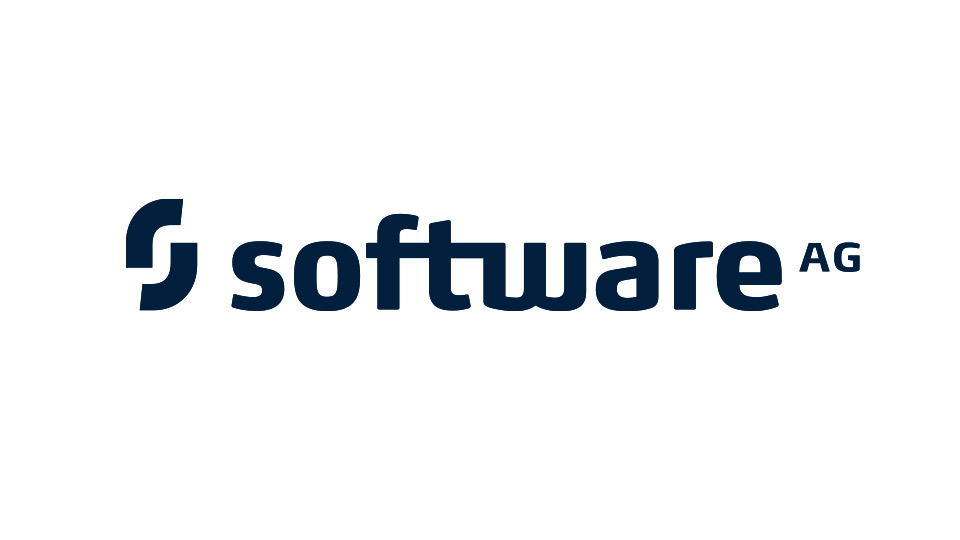What Is Process Mining?
So let’s start with process mining itself
Many ask ‘what is process mining’ and ‘why companies should do it’ all the time to ensure that there’s a secure investment in it. It is, after all, still a very new and enterprising technology sweeping the process excellence landscape. As a relatively new technology allowing the reconstruction and visualization of real processes based on event log data out of IT systems, the discipline focuses on a sorted series of steps repeated in a predefined sequence – from start to finish. These process models help with analyzing, monitoring, and improving business processes to help support business decisions. Its purpose is the determination and maintenance of general processes in order to execute tasks as efficiently as possible.
The process mining benefits are obvious upon completion of analyses, resulting in objective, factual insights based on the data compiled. With process mining, not only will you be able to collect all that data in a way that’s visual and complete for anyone to understand, but the technology even assists in auditing, assessing and discovering new to-be processes derived from the as-is information.
You, therefore, make it possible for anyone to see what can be internally improved as a whole, visualizing with transparency every single process in your business and what the potential bottlenecks might be, what the solutions can be, and even how to implement them.
Data Mining
Data mining is a computer-aided process enabling the identification and description of interesting data patterns from large data files to discover new connections or trends. It takes care of the actual extraction process of the findings from the existing data.
Easing the decision making is the objective of the pattern recognition. Process mining applications actually leverage the concept of data mining specifically in searching for specific answers to questions about any identified challenge or situation in your business. However, process mining takes data mining even further, utilizing unique algorithms to not only analyze the data as a whole, but to even break down the potential trends and patterns that may be characteristic of all that data.
Big Data
Big data is the implementation of business intelligence methods on particularly large datasets. In comparison to data mining, it provides datasets for the processing as well as the technical platform.
Business Process Discovery
Business process discovery is a basic process mining method and an approach supporting business process detection requiring monitoring. The easy-to-understand visualization of processes helps to grasp them in detail to optimize their outcomes.
Process Analysis
Process analysis is the basis for understanding your business like never before and at the same time for process improvement and optimization within the process. It analyzes all structures and processes in depth and displays how well those perform.
Process Improvement
The purpose of process improvement is making existing business processes work more efficiently overall. It is to improve and optimize the performance of businesses in order to strengthen competitiveness.
Conformance Checking
Conformance checking is a basic process mining technique used to check the conformance of business processes. It determines the compliance of event logs with processes. Cases which can be simulated in the model are selected as “conform,” others as varying.
Compliance Checking
Risk and compliance checking uses models to investigate compliance violations in process models.
The models depend on predefined internal and external rules set in advance. Internal rules are company-specific guidelines. External rules are given laws and regulations businesses have to follow.
Root-Cause-Analysis
With root-cause-analysis, businesses make sure they stay on track. The analysis detects defects and their roots in business processes to take measures.
Process Excellence
Process excellence means making processes become as efficient as possible in order to deliver a consistent positive output. It considers the process itself and is improving how businesses create and deliver value to their customers.
Operational Excellence
Operational excellence includes in comparison to process excellence not only processes throughout the organization, but also aspects like culture, people, resources and systems, showing how they optimally cooperate.
Process Optimization
Process optimization helps improve internal business procedures. Thereby it examines, documents and optimizes workflows by revealing their weaknesses. Possible goals of process optimization are cost reduction and quality improvement.
Robotic Process Discovery
Robotic process discovery is a method of process discovery automated by software applications. The software application maps the processes, evaluates its suitability for automation, and generates workflows.
Robotic Process Automation
Robotic process automation (RPA) is the automated processing by software robots of recurring, rule-based business processes. Thereby it’s important to note that the software robots have no physical existence. In fact, they are software applications mimicking human interaction. Those robots learn and automate repetitive, time-consuming tasks in order to optimize and automate processes.
Business Process Optimization Strategy
Business process optimization is the improvement and optimization of those processes in order to increase the productivity of workflows. As a part of business process management, it analyzes the performance of existing business processes. Possible strategies to achieve optimization include the omitting, combining or disassembling of sub-processes.
Business Intelligence
Business intelligence is a technology-operated process collecting business relevant data, processing them, and presenting them in order to ease the decision-making process. Therefore data is being collected from internal and external sources, prepared for a detailed analysis, and finally summarized in a dashboard for process mining visualization purposes. The main goal of the BI process is generating and providing knowledge about the current as well as the future situation of the business.
Take the next step
What can ARIS Process Mining do for you?
Try ARIS Process Mining for free!





